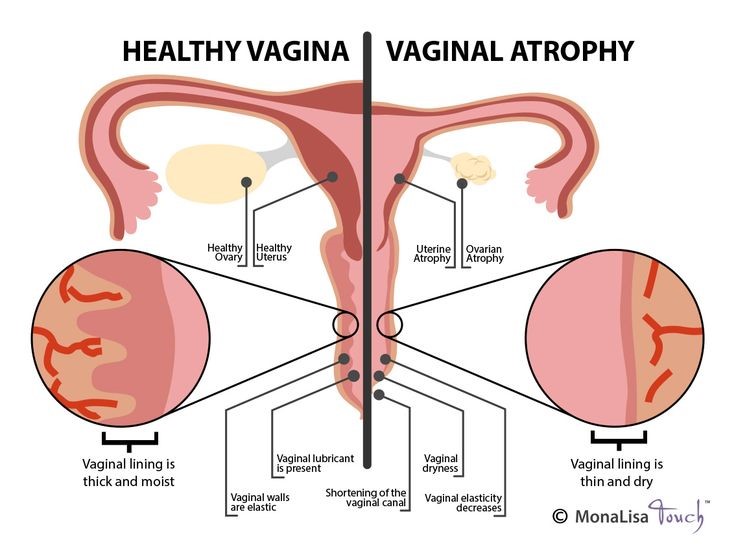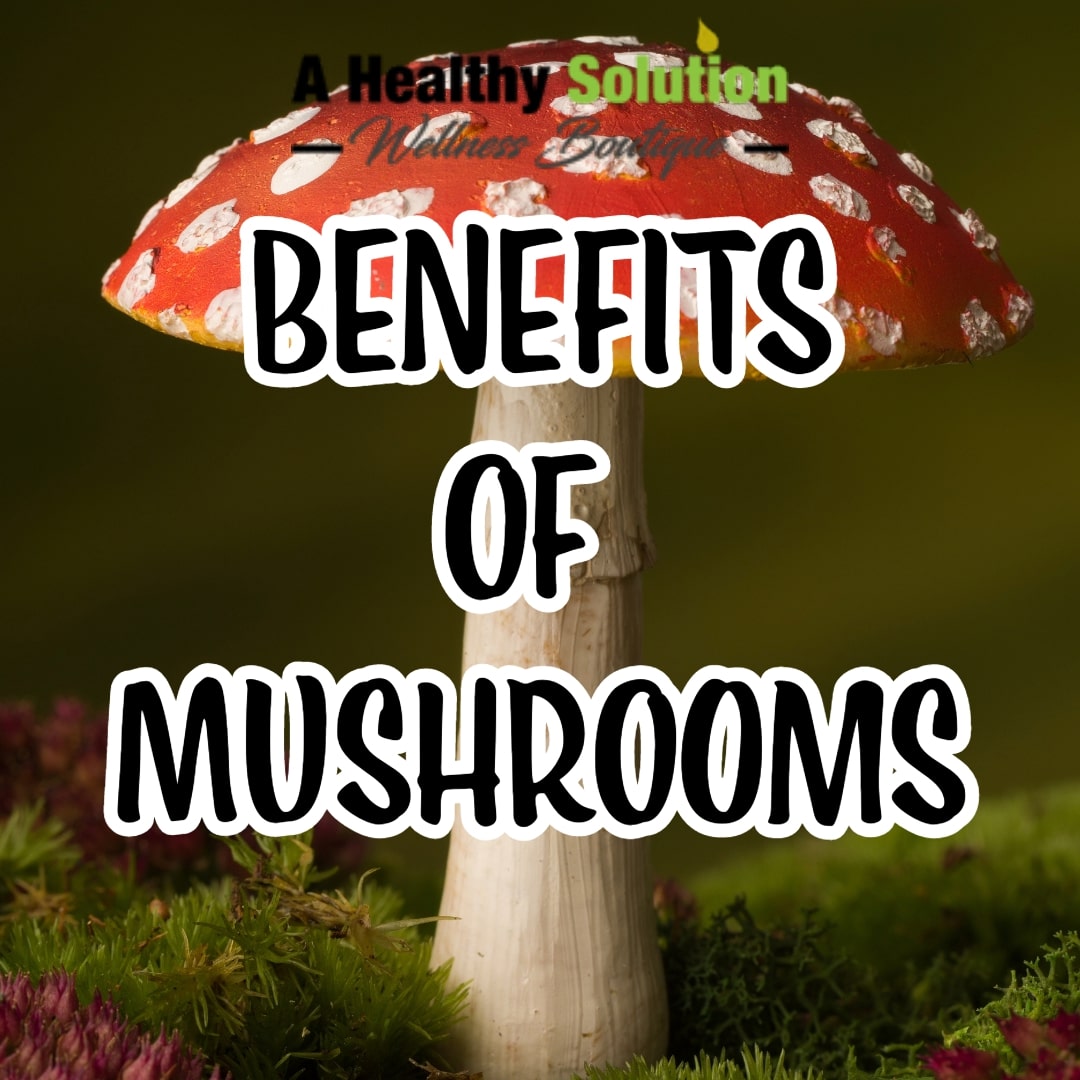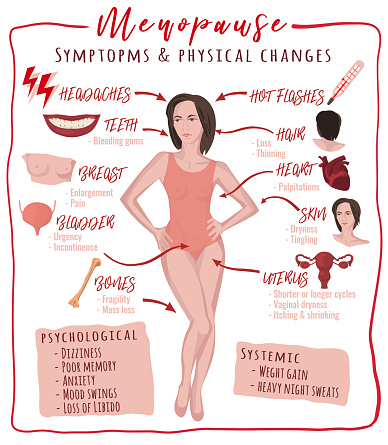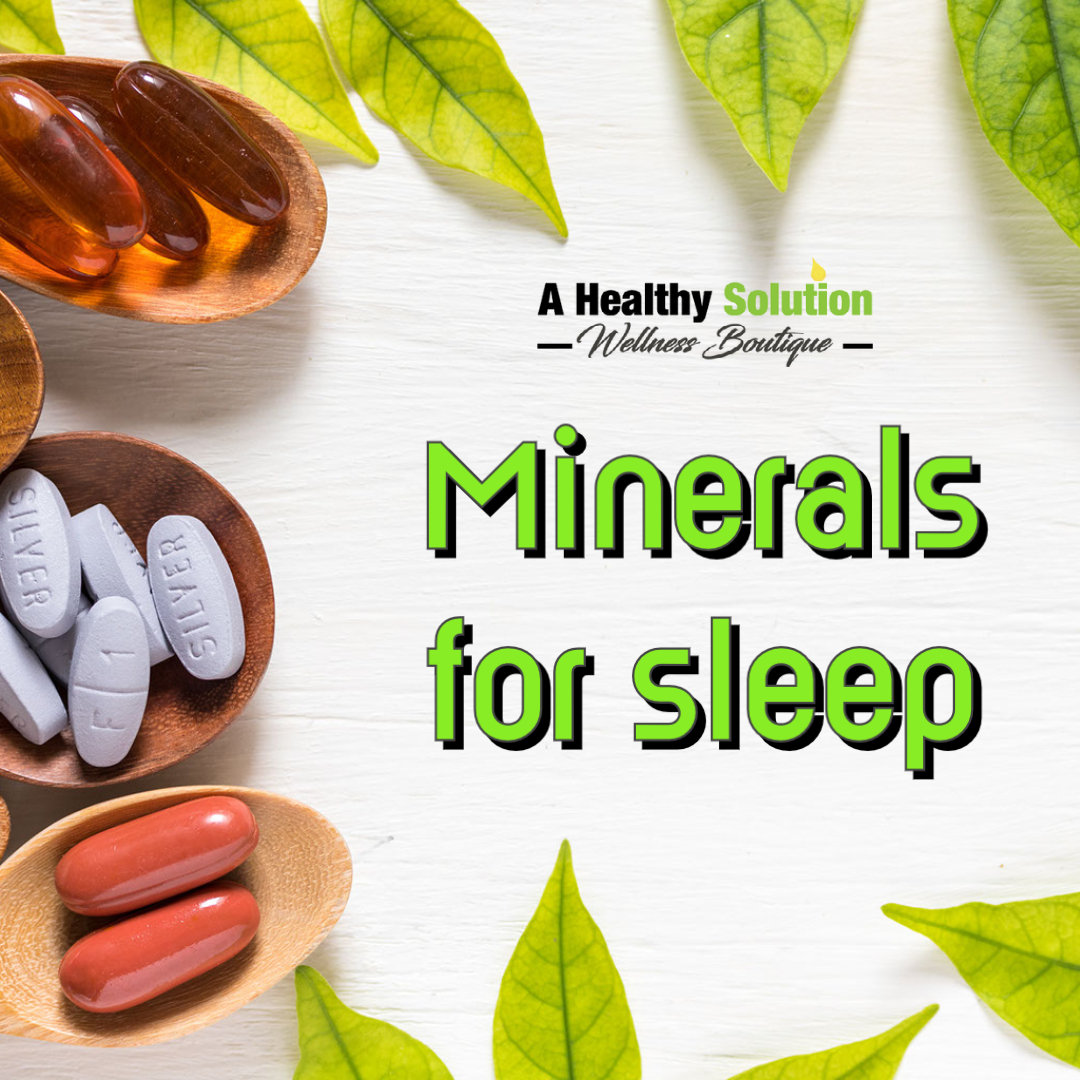What are migraines?
Migraines are more than just a bad headache; it is an extremely incapacitating collection of neurological symptoms that usually includes a severe throbbing recurring pain on one side of the head. However, in 1/3 of migraine attacks, both sides are affected. Attacks last between 4 and 72 hours and are often accompanied by one or more disabling symptoms such as, visual disturbances, nausea, vomiting, dizziness, extreme sensitivity to sound, light, touch and smell, and tingling or numbness in the extremities or face.
Migraines may happen only once or twice a year, or as often as daily. Women are more likely to have migraines than men. There are different types of migraines, the most common are Classic migraines, and common migraines. Classic migraines often involve changes in the way you see. You may see flashing lights, colors, a pattern of lines, or shadows. You may temporarily lose some of your vision, such as your side vision.
You may experience a strange prickly or burning sensation or have muscle weakness on one side of your body. You may have trouble communicating, or also feel depressed, irritable, and restless. Common migraines may start more slowly than classic migraines, last longer, and interfere more with daily activities. The pain of common migraines may be on only one side of your head. Most people who have migraines have common migraines.
What are the causes of migraines?
Doctors are unsure to as exactly what causes migraines. It appears that migraine headaches may be caused by changes in the level of a body chemical called serotonin. Serotonin plays many roles in the body, and has an effect on the blood vessels. When serotonin levels are high, blood vessels constrict (shrink). When serotonin levels fall, the blood vessels dilate (swell). This swelling can cause pain and other problems. This typically leads to a migraine. Migraines are also triggered differently based on the person. Everyone has different triggers for their migraines. Some triggers may be Loud sounds, bright lights (such as flashing lights or sunlight), or strong smells (such as paint fumes or some perfumes), stress can be a trigger due to lack of sleep or overwhelming yourself throughout the day. Hormonal changes related to their menstrual cycles, menopause, or using hormonal birth control may also be a trigger. Certain foods can be a trigger for migraines and also dehydration, dieting or skippingmeals may also trigger migraines.
Conventional treatments for migraines.
There are many over the counter treatments for migraines as well as prescribed medications for more severe/chronic cases of migraine. In those cases, triptans like Imitrex or Treximet are commonly prescribed. These drugs work by increasing serotonin levels and constricting blood vessels in the brain helping to decrease migraine attacks. While effective, they are very prone to onset dizziness, nausea, extreme drowsiness, and/or tightness in the chest. Ergotamines and mild opioids like morphine and Oxycontin are also common prescriptions for acute or chronic migraine sufferers. Again, these drugs are effective but also can lead to devastating side effects. It is well documented that these Ergotamines promote heart attack, stroke, birth defects in pregnant women, and even toxicosis if taken along with antibiotics or antifungal medications. Opioids like Oxycontin can have even more detrimental results such as addiction which could then even lead to overdosing and death. As helpful as these medicines seem, they may not always be the ideal quality remedy.
How does CBD help with migraines?
If you have suffered with headaches and tried other medical options with limited effectiveness, it may be time for a change. There is evidence that CBD oil can reduce inflammation and pain in arthritis. It works similarly with migraines. Results of a 2016 study indicate that CBD oil may reduce the frequency of migraine headaches. It is concluded through individuals who have experimented with CBD that using CBD can help replenish the cannabinoid level in individuals, easing pain and discomfort. When it comes to treating headaches, CBD helps mitigate the psychoactive effects of THC. CBD has been found to be an effective treatment in fighting migraines because of its anti-inflammatory and analgesic properties. Not to mention the side effects. Where we saw numerous and various side effects from conventional medicine, however that is not the same for CBD. CBD holds little to no side effects at all. Since it is derived from the hemp plant, this beauty grows in nature giving the human body healthy benefits with no side effects.
How to take CBD for Migraines
CBD can be taken in a few different forms to feel relief from migraines. You can inhale, consume or use a topical form of CBD. When CBD is inhaled (vape form) inhalation process delivers the compounds to your bloodstream much quicker than other methods. With the oils, you can ingest by putting a few drops under the tongue and then swallowing to allow it to flow into the bloodstream. You may also use a topical. With a topical you can rub the cream, or oil on the face, neck, and shoulders or even temples. Any trigger areas that seem to become tightened during a migraine. Just like with arthritis patients, the CBD will give relief to the aching areas while also relieving the pain of the migraine. The form of consumption is based on the preferences of the individual. You can try the different methods and determine which one works best for you. Overall, the side effects of CBD oil are minimal. This is one of the main reasons why people are opting out of over-the-counter or addictive prescription pain medications for migraines and are instead considering this oil for pain management.
Does nutrition play a role in migraine flare ups?
At times we may not think that the foods we eat are causing migraine attacks, or we do not believe that we can decrease migraine attacks if we eat a well balanced diet. Commonly reported migraine triggers include alcohol, chocolate, aged cheese, cured meats, smoked fish, yeast extract, food preservatives that contain nitrates and nitrites, artificial sweeteners, and monosodium glutamate (MSG). In other words, your processed foods. When we consume foods such as these they act as triggers and many migraine patients are unaware. Migraine sufferers often note that missing meals can trigger headache. Long periods of time between meals may trigger migraine attacks, or cause headache to be more severe because of low blood glucose levels. The risk of developing a headache increases with the amount of time between meals. Migraine patients should make time for small frequent meals. Regular daily meal times, in addition to regular sleep schedules and exercise, are associated with less frequent migraines.
To reduce migraine attacks, be cautious of the foods you are eating and try to eat more whole grains, variety of fruits and vegetables, and lean meats. Stay away from processed foods or sugary beverages that promote inflammation. It is always important to eat healthy to prevent any illness or disease and as well to treat any existing health conditions. Not only will this decrease migraines, but also help aid with the consumption of CBD. Healthy foods give CBD a boost to express its benefits with more potency






Leave A Comment
You must be logged in to post a comment.